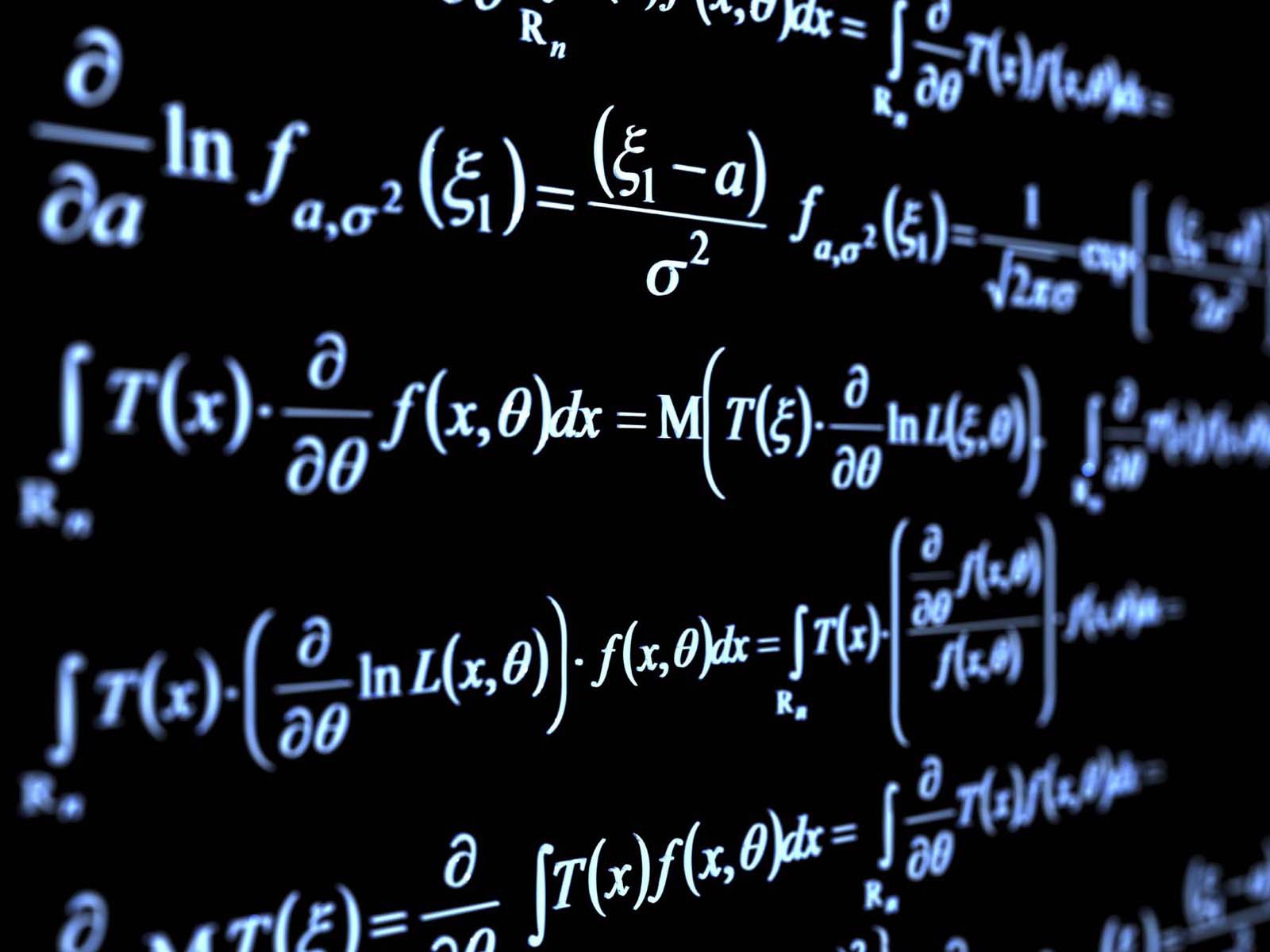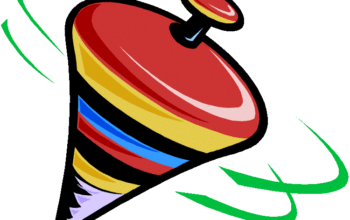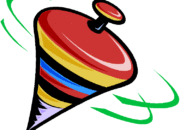The landscape of mathematics and computing at the Technical University of Denmark (DTU) in 2018 was a melding of rigorous academic inquiry and innovative technological development. As one meanders through the vast corridors of this esteemed institution, one cannot help but pose a playful question: How does the integration of mathematical theories with computational techniques cultivate an environment ripe for pioneering discoveries? This inquiry warrants an exploration of the intricate dance between these two fields, highlighting their symbiotic relationship while also acknowledging the challenges they pose to the aspiring scholar.
At the core of DTU’s mathematics program lies a robust curriculum designed to equip students with both foundational knowledge and advanced expertise. Encompassing a variety of subjects, from algebraic structures to differential equations, this curriculum not only serves as a prerequisite for further study but also acts as a catalyst for interdisciplinary research. The breadth and depth of mathematical education available encourage students to develop a versatile skill set capable of addressing complex real-world problems.
However, the need for mathematical proficiency does not exist in isolation. In the modern era, computational literacy has become an indispensable asset. DTU recognizes this necessity and integrates computational techniques throughout its curriculum. Programming languages such as Python, MATLAB, and R are introduced alongside theoretical courses, fostering an environment where abstract concepts can be actualized through software applications. This duality of learning strengthens students’ ability to leverage computational tools to solve mathematical challenges, propelling them toward innovative solutions.
The integration of mathematics and computing extends beyond the classroom at DTU. Research initiatives within the institution often encourage collaboration across disciplines, advocating for a fusion of ideas among mathematicians, computer scientists, and engineers. One such initiative includes the establishment of research centers focusing on areas like data analytics, computational finance, and artificial intelligence. These centers not only provide students and faculty opportunities to engage in cutting-edge research but also foster partnerships with industry, cultivating a practical understanding of theoretical constructs.
Nevertheless, the marriage of mathematics with computing is not without its trials. One prominent challenge encountered by students is the inherent complexity of mastering both domains. While computational tools can simplify intricate calculations and model simulations, students may sometimes grapple with the underlying mathematical principles that govern these operations. This amalgamation of disciplines calls for a pedagogical approach that emphasizes conceptual understanding rather than rote memorization. Instructors are thus tasked with curating learning experiences that inspire curiosity while ensuring foundational knowledge remains accessible.
Moreover, the rapid evolution of technology imposes another intriguing dilemma: How does one stay ahead in a field characterized by relentless innovation? At DTU, the academic curriculum is continuously revised to reflect the latest advancements in technology and mathematical research. This adaptability ensures that graduates are not merely equipped with outdated knowledge; they emerge as forward-thinking professionals capable of navigating the uncertainties of an ever-changing job market. Yet, this requires students to maintain an ethos of continuous learning and adaptability—a daunting challenge in itself.
A pivotal component of DTU’s program is its emphasis on practical application. The institution fosters an environment where theoretical learning is accompanied by hands-on experience. Through projects, internships, and collaborative research, students are encouraged to translate abstract mathematical concepts into tangible solutions. This experiential learning paradigm is crucial; it not only solidifies understanding but also instills the resilience necessary to confront the unpredictable challenges that arise within both academic and professional contexts.
DTU’s approach to mathematics and computing also promotes an ethos of innovation. Educational programs often incorporate elements of entrepreneurship, urging students to consider how their mathematical models and computational solutions can lead to novel products or services. By nurturing an entrepreneurial mindset, the institution aims to empower the next generation of innovators who can transform mathematical theory into concrete economic benefits. Yet, this incitement to innovate comes with its own set of uncertainties; how can one balance creativity with practicality?
The accessibility of resources further enhances the study of mathematics and computing at DTU. The university’s vast library and digital repositories provide students with access to an extensive array of academic literature, journals, and software tools. Additionally, collaborative online platforms allow students to engage with peers and professors, fostering a community of shared knowledge and collective problem-solving. However, the effective utilization of these resources demands self-discipline and proactive engagement—skills that are not innate for every student. This poses yet another challenge: how can institutions better cultivate these essential traits among their scholars?
In synthesis, the landscape of mathematics and computing at DTU in 2018 epitomizes a dynamic interplay between theory and application, creating an environment ripe for intellectual exploration. As students navigate the complexities of integrating these disciplines, they are met with a series of challenges that demand both resilience and ingenuity. The university’s commitment to fostering interdisciplinary collaboration, practical application, and continuous adaptation positions its graduates to thrive in a landscape defined by rapid change and innovation. Nevertheless, the quest for mastery in this amalgamation remains an intricate journey—a journey that may very well lead to groundbreaking discoveries in the intersections of mathematics, computing, and beyond.










